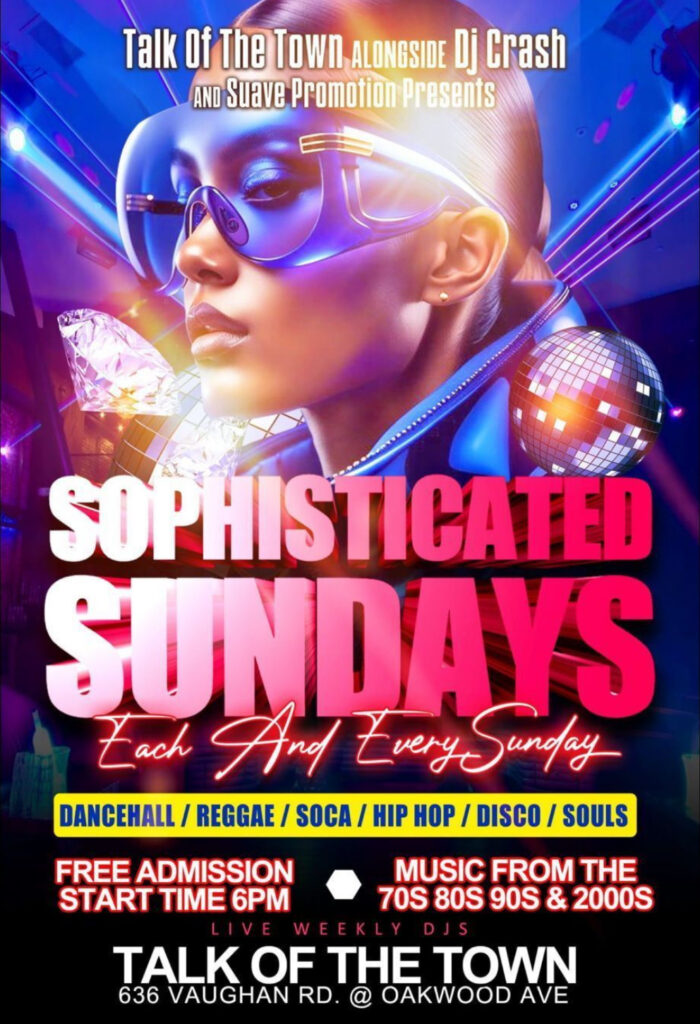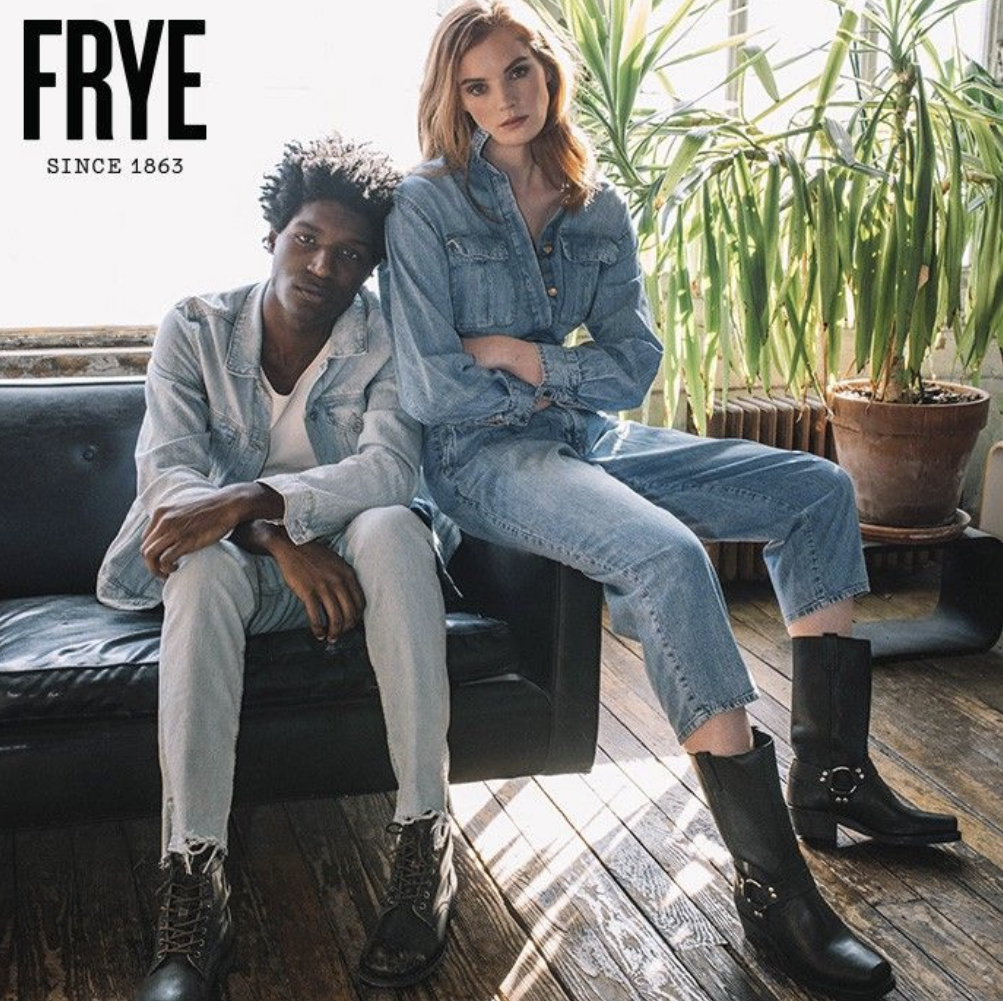The Biggest LIES On BET 106 & Park Exposed!

BET’s “106 & Park” was a cornerstone of urban music television, offering a daily mix of music videos, artist interviews, and interactive audience segments. However, like many TV shows, not everything appeared as it seemed behind the scenes. One of the biggest fabrications was the illusion of spontaneity. While the show appeared vibrant and exhilarating, much of the content was heavily scripted. Hosts would often pretend to have off-the-cuff interactions, but in reality, many of these exchanges were pre-planned or guided by producers to maintain a certain narrative or energy.
Another misconception was the authenticity of the live voting process for the most popular music videos. Though presented as a spontaneous reflection of audience preferences, the selections sometimes skewed in favor of promoting particular artists, often those whose record labels had strong ties with the network. This practice raised questions about the independence of the show and the integrity of its rankings.
The supposed casual atmosphere of the audience segments was similarly misleading. Audience members often had to follow strict guidelines, with producers encouraging reactions that would enhance the show’s dynamic visual appearance. This means that the enthusiasm and energy seen on-screen was sometimes more a product of compliance than genuine excitement.
Moreover, artist interviews, marketed as candid glimpses into their personal lives, were typically rehearsed. Questions were often pre-approved, ensuring that discussions remained positive and promotional rather than delving into potentially controversial topics.
Despite these discrepancies, “106 & Park” played a vital role in hip-hop and R&B culture, connecting fans with artists. The show’s legacy is still celebrated, but like many entertainment platforms, its behind-the-scenes realities illustrate a complex balance between entertainment and authenticity. As with any televised program, viewers were reminded that what they saw was a blend of reality and production, designed to captivate and entertain.





